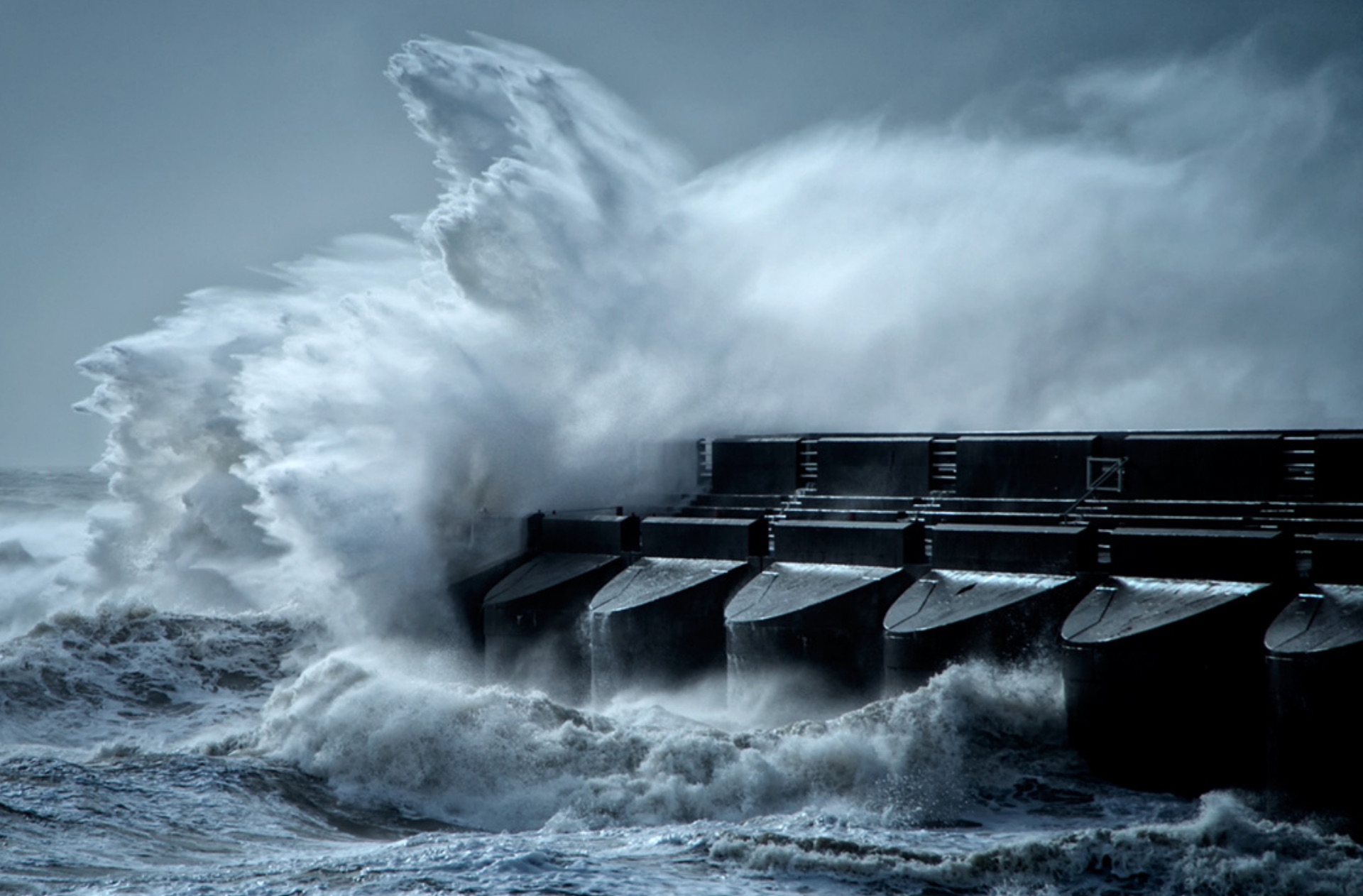At the Earth Day summit, President Biden announced that, by 2030, the U.S. will cut greenhouse gas emissions by at least 50% from 2005 levels and will double climate-related financial aid to developing countries by 2024. Both proclamations bring the U.S. back onto the road towards meeting the ambitions of the Paris Agreement.
However, lofty goals bring challenges and trade-offs, one being profound changes to the mix of energy sources in the U.S., and another being how we use land. Taking data from Princeton University’s Net-Zero America Project, a Bloomberg article stated that, “no matter how you slice it, the U.S. will need to rethink land use for an emissions-free future.”1 The current energy footprint of the U.S. is “about the size of Iowa and Missouri combined, covering roughly 4% of the contiguous U.S. states”.1 A low-carbon transition would require significantly more land to house solar and wind, even when considering offshore wind farms and rooftop solar. Additional land-use challenges will come from building the transmission infrastructure needed to connect renewable energy with end-users.
The Net-Zero America Project has created pathways to illustrate what the transition to a carbon-free U.S. could look like from now to 2050. The pathway that uses the least amount of land increases dependence on nuclear energy and natural gas plants that use carbon capture technology. Neither of these options come without controversy. The same Bloomberg article notes that, “expanding nuclear power will present serious land-use challenges. While no one wants a power plant in their backyard, many people don’t want nuclear power on their planet.”1 Wind power, the pathway with the greatest additional land-use, would quadruple the current energy footprint, with the potential for wind farms to cover an additional 250 million acres.
Land-use challenges aside, some stakeholders question whether the U.S. goals are realizable without a carbon price in place to provide a key market incentive. Last September, the Commodity Futures Trading Commission (CFTC) became the first U.S. regulator to call for a carbon price, describing it as the “single most important step to manage climate risk and drive the appropriate allocation of capital.2 More recently, the American Petroleum Institute professed its support for such a mechanism in its newly published Climate Action Framework. John Kerry, Special Presidential Envoy for Climate, stated in a briefing in India that, “President Biden believes that at some point in time we need to find out a way to have a price on carbon that’s effective. He hasn’t decided or made an announcement about it, but we all know that one of the most effective ways to reduce emissions is putting a price on carbon.”3
In the meantime, other jurisdictions are ramping up their carbon trading activities. The EU will expand its Emissions Trading Scheme and China will establish a national one for the first time. Global commodities traders and financial institutions are predicting carbon prices could rise to $100 per ton in the nearer term, a price that would be highly disruptive to multiple sectors and regions. As you would expect, new carbon-related investment instruments and strategies are coming to market as we are now “entering a period of expected future scarcity.”4
NET ZERO ASSET MANAGERS
Climate commitments are proliferating across the financial services industry. The Net Zero Asset Managers Initiative, launched last December, has already attracted 87 signatories representing $37 trillion in assets under management. Managers signing up commit to “help deliver the goals of the Paris Agreement and ensure a just transition.”5 We are proud to work with several of the managers listed: Allianz Global Investors, Boston Common, Calvert, DWS, Sage, Vert Asset Management, and Wellington Management. Check out the full list and the commitments here.
_________________________________
[1] https://www.bloomberg.com/graphics/2021-energy-land-use-economy/?srnd=premium&sref=7VC7pYOU [2] https://www.cftc.gov/sites/default/files/2020-09/9-9-20%20Report%20of%20the%20Subcommittee%20on%20Climate-Related%20Market%20Risk%20-%20Managing%20Climate%20Risk%20in%20the%20U.S.%20Financial%20System%20for%20posting.pdf [3] https://www.state.gov/briefing-with-special-presidential-envoy-for-climate-john-kerry/ [4] https://impactalpha.com/tfw-investors-realize-carbon-is-going-to-100-a-ton-sooner-than-they-thought/?mc_cid=dff152f3af&mc_eid=89acfb7e08 [5] https://www.netzeroassetmanagers.com/


